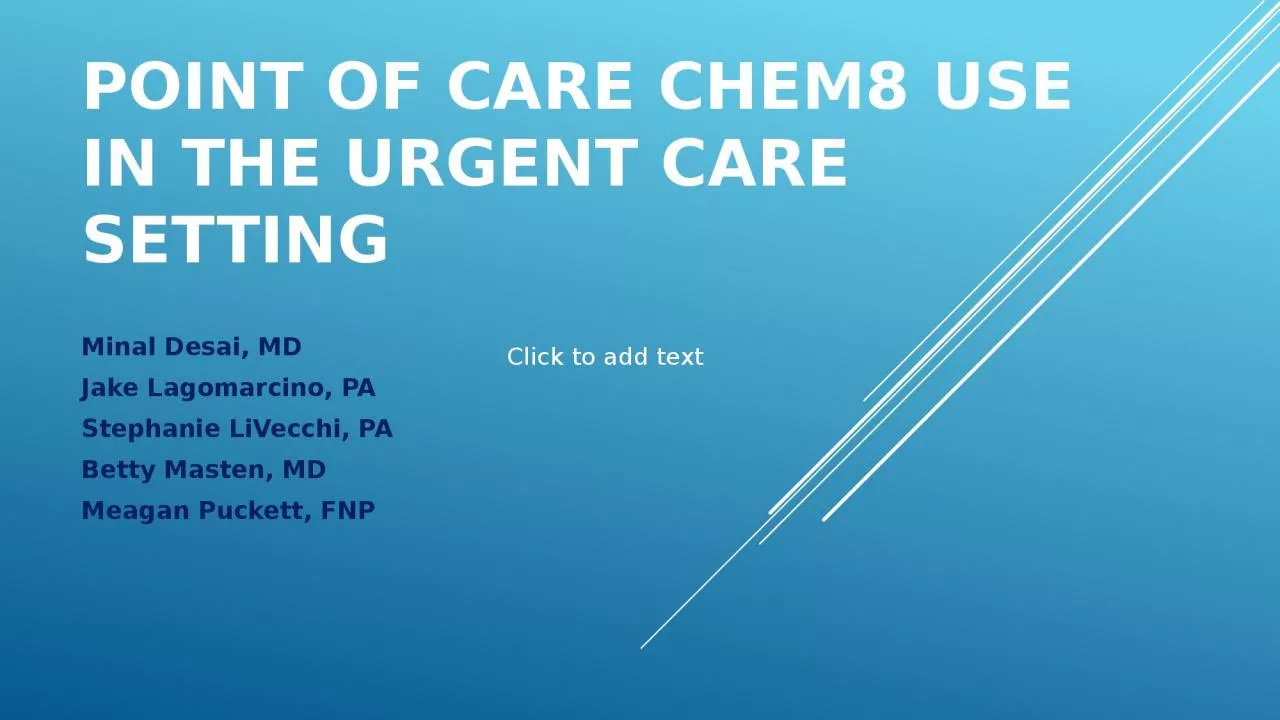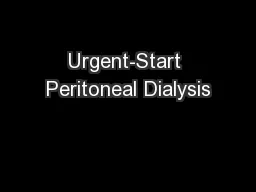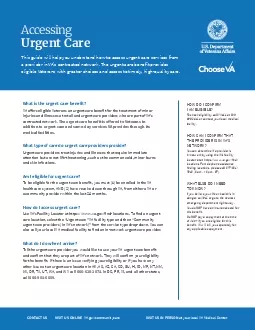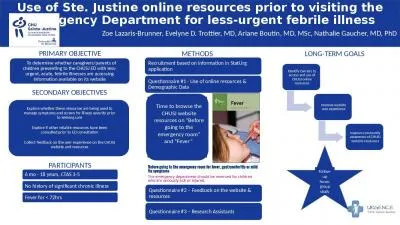PPT-Point of Care Chem8 Use in the Urgent Care Setting
Author : Mysticlover | Published Date : 2022-08-03
Minal Desai MD Jake Lagomarcino PA Stephanie LiVecchi PA Betty Masten MD Meagan Puckett FNP Click to add text POC CHEM8 POC BMP Includes Ionized Calcium Potassium
Presentation Embed Code
Download Presentation
Download Presentation The PPT/PDF document "Point of Care Chem8 Use in the Urgent Ca..." is the property of its rightful owner. Permission is granted to download and print the materials on this website for personal, non-commercial use only, and to display it on your personal computer provided you do not modify the materials and that you retain all copyright notices contained in the materials. By downloading content from our website, you accept the terms of this agreement.
Point of Care Chem8 Use in the Urgent Care Setting: Transcript
Download Rules Of Document
"Point of Care Chem8 Use in the Urgent Care Setting"The content belongs to its owner. You may download and print it for personal use, without modification, and keep all copyright notices. By downloading, you agree to these terms.
Related Documents














